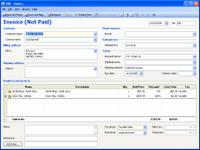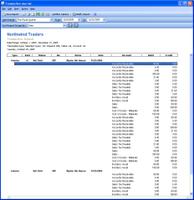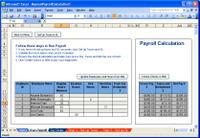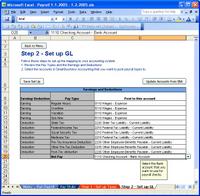Using my blog stats as a guide, the blog has seen a fair amount of traffic from the good folks at Intuit, both in California as well as from Texas. It's ok, I know you're watching Small Business Accounting like a hawk. Please continue to come back and join the discussion.
One thing I have to say about the good folks at Intuit is that they've stepped it up again. I received mail from them on QB 2006 and it included a link to help "educate" me on the differences between QB and SBA. Now, ordinarily I'd be glad to see this kind of info, but I was a bit disappointed in what was presented. Anyone who has spent any time with SBA will immediately see the wrong info being pointed out on the
comparison page. Everything from what versions of Office are supported by SBA to how SBA works with Excel to the claim about customer and vendor centers, etc, etc, etc. I could go point by point and offer updates to the incorrect info, but it's just not worth my time.
In addition to the direct claims on the comparison page, there are a few paid-for "reviews" of SBA -- one by Laura Madeira and one by Doug Sleeter. Again, both of these "reviews" are so 100% biased that it's hard to sort out what is right and what is wrong. Fortunately for me, having used SBA extensively, I know that the cash-basis examples that she calls out have already been fixed in the SBA update. Her claims about how the ADP payroll service tell me that she hasn't used it. (Hey Laura: It's
free for 30 days right now -- try it and see how the expense and liability accounts are automatically updated for the user.) Finally, her claim about the Accountant Transfer feature in SBA may have some merit, but when you realize that most accountants don't use the QB Accountant Copy feature because of it's limitations and wind up sending the entire file anyway, the issue kind of falls apart. The Sleeter review contains similar inaccuracies: lack of custom address on job invoices, reports by class, etc.
In short, I'm disappointed in the Intuit guys this time because I thought they had more integrity -- this hard-line marketing is barely a notch above mudslinging. Honestly guys, if you're going to shoot at the Microsoft product (which is expected), at least keep it accurate.





